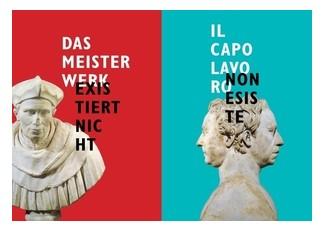Contenuto principale
The 1400s

The artistic conception in Italy of the 1400s definitively surpasses the Gothic style.
Florence is the first city to promote the great ideological and aesthetic revolution, to become known as the Renaissance, in its desire to revive the Greco-Roman civilisation of the ancients with an idealised model of civic values and classical beauty.
The evolution of the representational arts reflects the enhanced position of Man and his creative abilities.
In this sense, the sculptural works of Donatello are exemplary: the application of the rules of perspective, symmetry and proportion are combined in the consideration of the character of the persons depicted, perhaps the finest expression of the new vision of the form and volume of the human body.
The artist’s technique of setting figures, scaled according to depth, in “flattened” bas-reliefs, realised in Padua for the Basilica of Saint Anthony, would influence his contemporaries, as testified by the anonymous work exhibited here representing Saint Jerome in a Landscape.
As well as marble and bronze, sculpture in the 15th century made particular use of wood for items intended for devotional and popular use.
The composition in wood known as the Madonna enthroned with Child, an exemplary work that relates to the sacred art section of the Diocesan Museum of Brixen, develops the theme of the regal nature of the Mother of God, a source of inspiration throughout the Renaissance period.